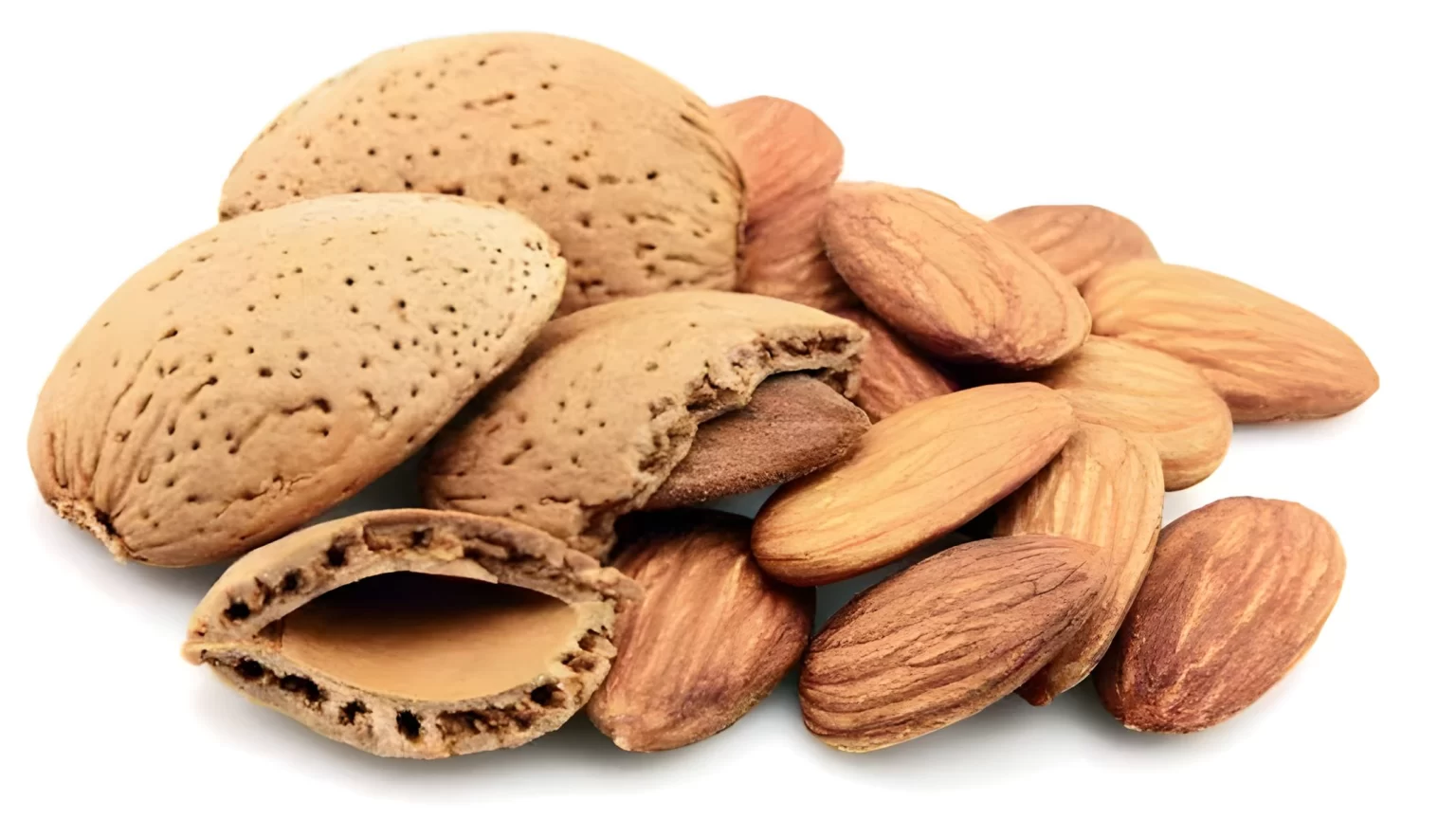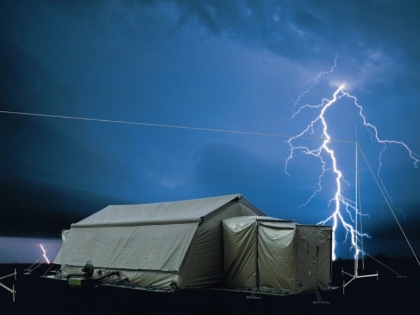1. The Myth of "8 Glasses a Day": Unraveling the Truth

For decades, the gospel in health circles and popular media has been "drink eight 8-ounce glasses of water a day". But is this advise scientifically sound, and where did it start? Surprisingly vague is the source of this advice; some trace it back to a 1945 US Food and Nutrition Board report. This study recommended 2.5 litres of daily fluid intake but also observed that majority of this fluid came from meals - a subtle difference forgotten over time that resulted in the simplified "8x8" norm we know today.Actually, there is no one-size-fits-all solution for the water intake quantity. Our bodies are complicated systems, and many elements affect our requirement for hydration. Eight glasses could be suitable for some people, but either too much or too little for others. More recent and thorough research, including those by the National Academies of Sciences, Engineering, and Medicine, have found that men require roughly 15.5 cups (3.7 litres) everyday and women need 11.5 cups (2.7 litres). But it's important to realise these suggestions address fluids from all sources, not only pure water.We must understand that our bodies get water from several sources other than only pure water. Our fluid consumption is much influenced by beverages such tea, coffee, and juice as well as by numerous foods, including fruits and vegetables. For example, watermelons and spinach are great providers of hydration as their compositions include more than ninety percent water. Broths and soups also offer a lot of liquids. Thus, concentrating just on ordinary water intake could result in an inaccurate view of our general hydration level.It's more wise to pay attention to your body and evaluate your unique situation than to strictly follow the "8x8" guideline. Your water needs can be much influenced by elements including climate, degree of physical activity, general health, even altitude. Your urine's colour might be a useful indicator of your degree of hydration. While dark yellow or amber can signal you should up your fluid intake, pale yellow generally indicates enough hydration. This approach should be used in combination with other markers of hydration though since several foods, drugs, and supplements can also influence urine colour.In essence, the "8 glasses a day" norm is a broad suggestion rather than a scientifically verified need for everyone. Your physical condition, surroundings, and way of living will all affect your particular water requirements. Understanding the intricacy of hydration and paying attention to your body's signals can help you to create a more individualised and successful strategy for preserving appropriate fluid balance.
Advertisement
Recommended Reading: 20 Stunning Short Hairstyles That Will Transform Your Look Completely
You are viewing page 1 of this article. Please continue to page 2



























Comments
Leave a Comment
Your email address will not be published. Required fields are marked *